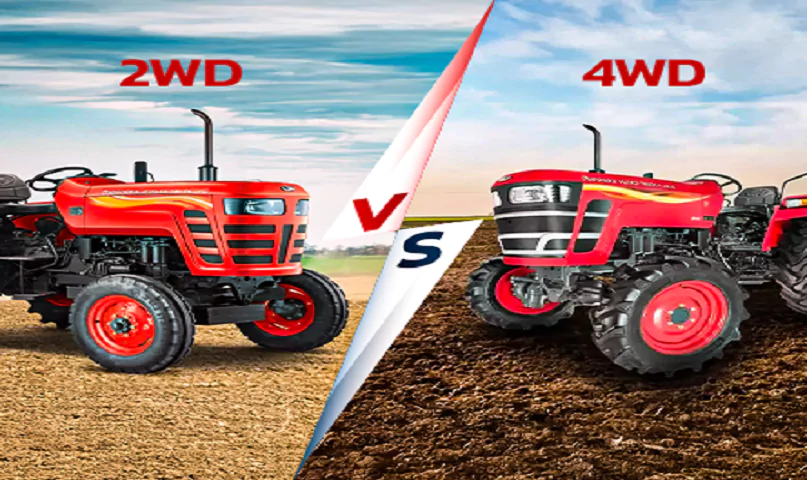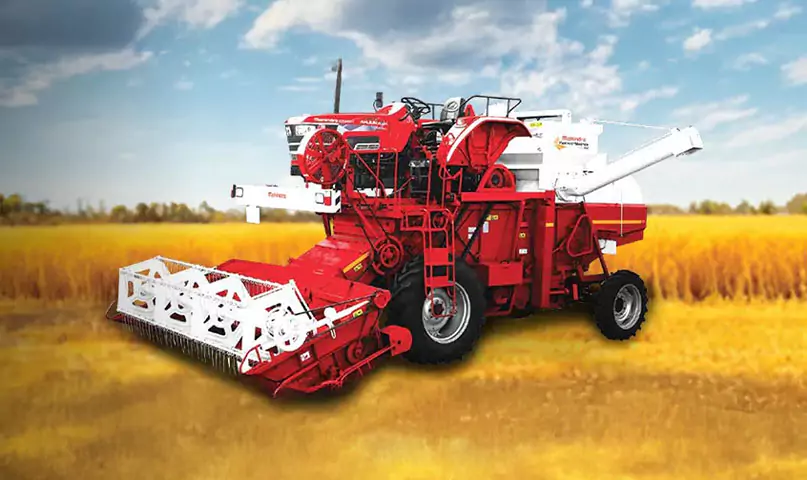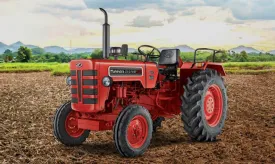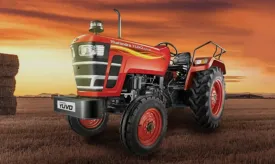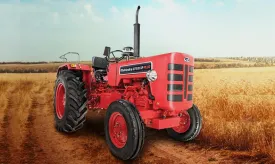What is a Rotavator? Uses and Benefits Explained
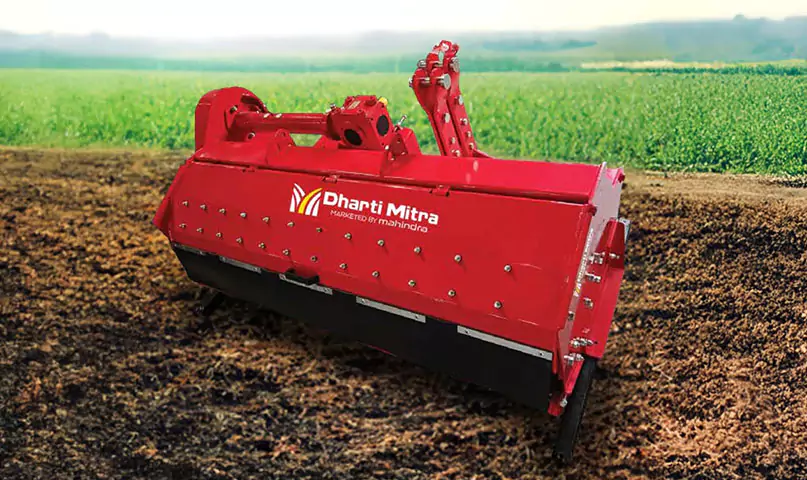
A rotavator, also known as a rotary tiller, is a versatile agricultural implement designed to prepare soil for planting by breaking up and aerating the earth. Its rotating blades effectively mix the soil, turning it over and creating a fine, even seedbed. In this blog, we’ll explore what a rotavator is, its uses, and the benefits it offers to farmers and gardeners.
What is a Rotavator?
A rotavator is a machine that features a set of rotating blades or tines mounted on a shaft. As these blades turn, they dig into the soil, breaking it apart and mixing in any organic matter. Rotavators can be attached to tractors or used as standalone units, making them suitable for various agricultural applications.
Types of Rotavators
- 1. Tractor-Mounted Rotavators: These are larger, heavy-duty machines designed for use with tractors. They are ideal for larger fields and commercial farming.
- 2. Walk-Behind Rotavators: Smaller and more maneuverable, these are designed for home gardens and small plots. They are easier to handle for individual gardeners.
Uses of a Rotavator
Rotavators are widely used in agriculture and gardening for various purposes, including:
- 1. Soil Preparation: The primary function of a rotavator is to prepare soil for planting. By breaking up compacted soil, it improves aeration and drainage.
- 2. Weed Control: Rotavators can effectively mix in weeds and their roots into the soil, reducing competition for nutrients with crops.
- 3. Mixing Organic Matter: Adding compost or fertilizer to the soil is more effective when mixed in thoroughly. A rotavator ensures even distribution.
- 4. Soil Aeration: By breaking up the soil, rotavators improve aeration, which is essential for root health and nutrient absorption.
- 5. Creating Seedbeds: Rotavators create fine, crumbly seedbeds that are ideal for sowing seeds, ensuring good seed-to-soil contact.
Benefits of Using a Rotavator
1. Increased Efficiency
Rotavators significantly reduce the time and labor required for soil preparation compared to traditional methods like plowing and hand tilling. This efficiency allows farmers to cover larger areas in less time.
2. Improved Soil Structure
By breaking up compacted soil, rotavators enhance soil structure, which improves water infiltration and root penetration. Healthier soil leads to better crop yields.
3. Versatility
Rotavators can be used for various tasks beyond tilling, including mixing soil with organic matter and preparing seedbeds. Their adaptability makes them suitable for different types of crops and soil conditions.
4. Reduced Soil Erosion
Properly tilled soil retains moisture better and is less prone to erosion. By improving soil structure, rotavators help protect the topsoil during heavy rains or winds.
5. Cost-Effective
While there is an initial investment in purchasing a rotavator, the long-term savings in labor costs, improved yields, and reduced fuel consumption make it a cost-effective choice for many farmers.
6. Enhanced Weed Management
Regular use of a rotavator can help control weeds by burying them deep in the soil. This reduces the need for chemical herbicides, promoting more sustainable farming practices.
Conclusion:
A rotavator is an invaluable tool in modern agriculture, offering a range of uses and benefits that enhance soil preparation and crop management. Whether you’re a commercial farmer or a home gardener, investing in a rotavator can lead to improved soil health, higher yields, and greater efficiency in your farming practices. With its ability to streamline operations and promote sustainable practices, the rotavator is truly a game-changer in the field of agriculture.









